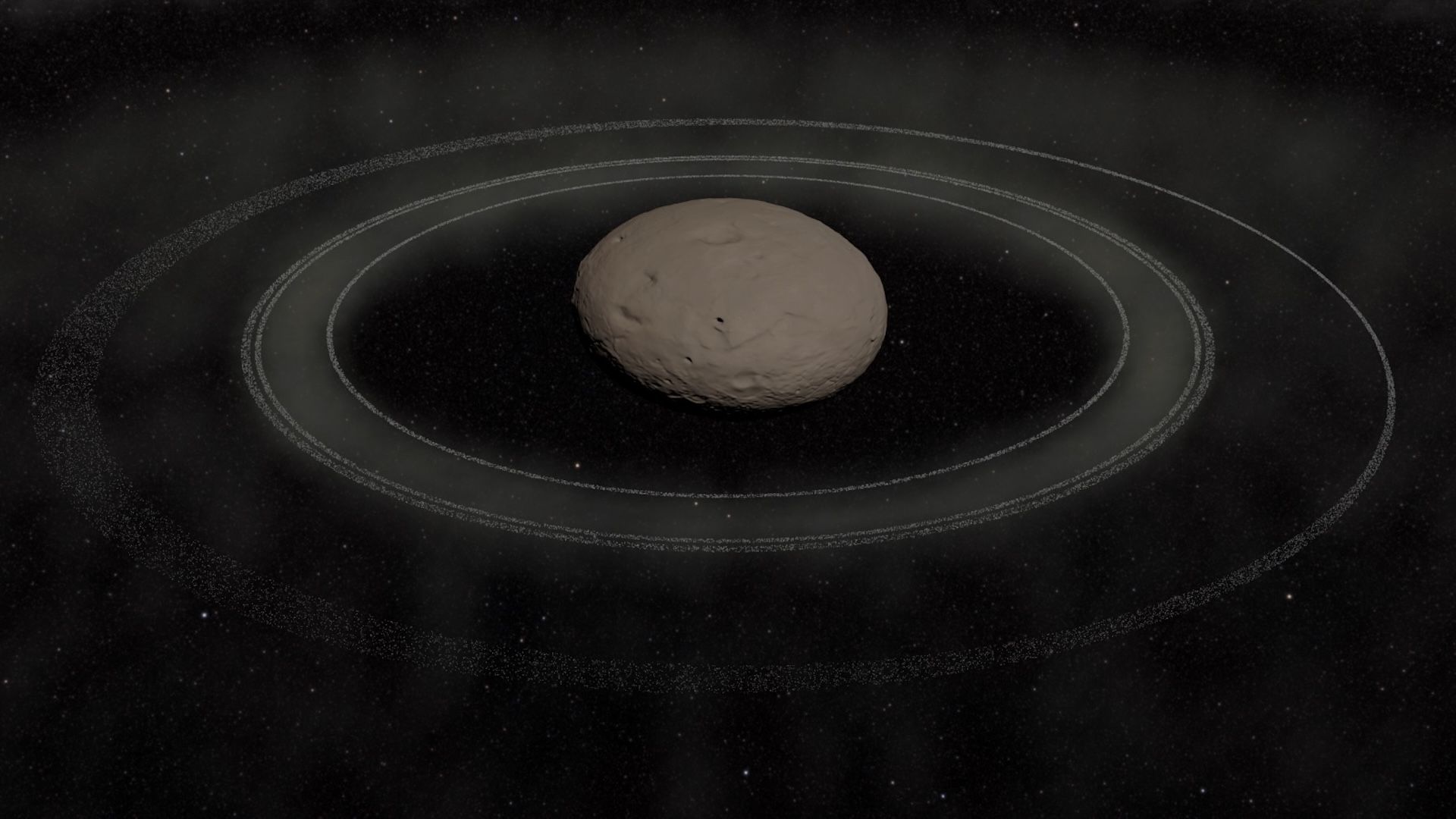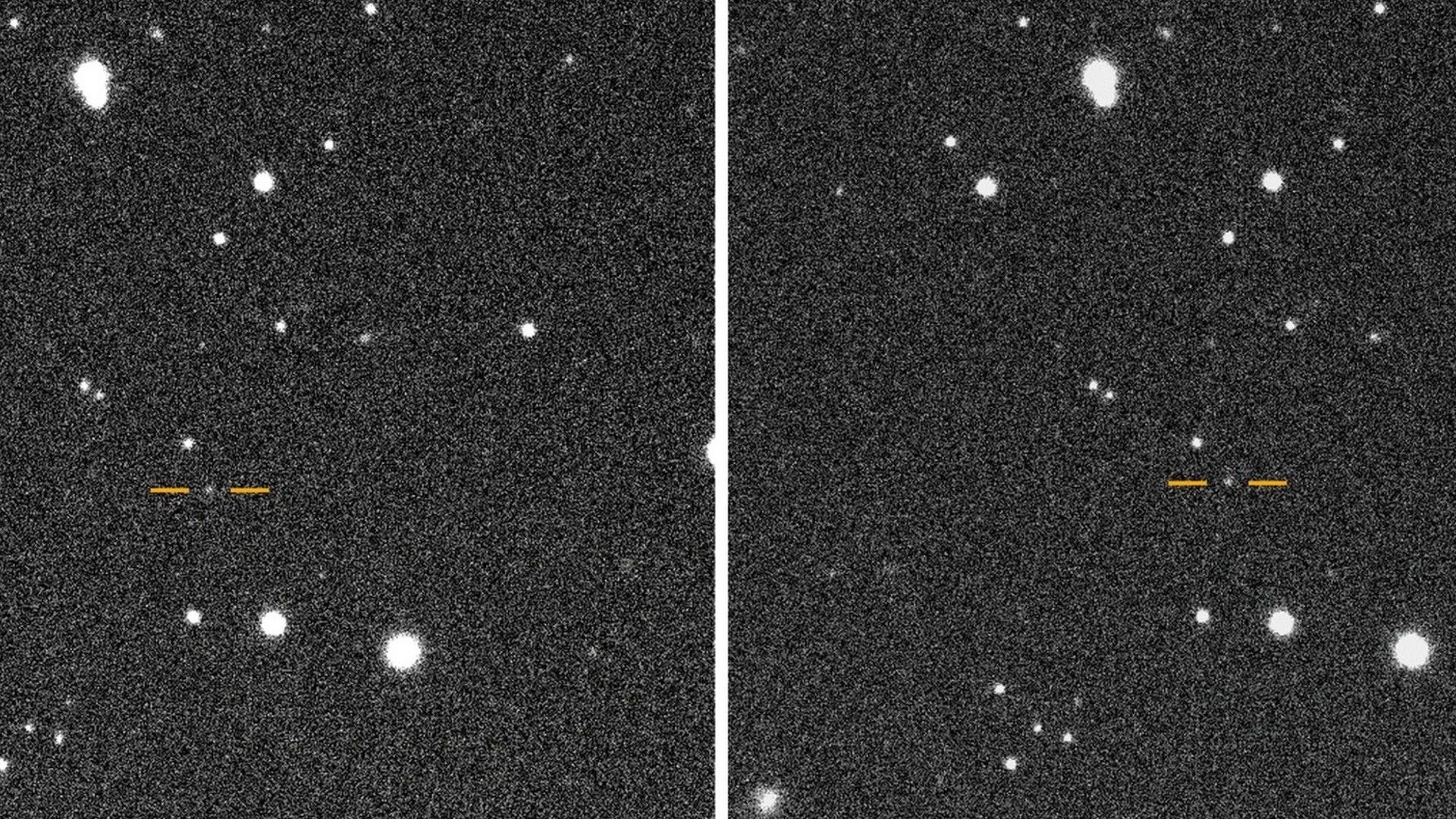ATLANTA — Major League Baseball Players Association executive director Tony Clark wondered Tuesday whether the automated ball-strike system would do well to provide a little grace, a half-inch or so, so that the system isn’t used to overturn calls that are wrong by a razor-thin margin.
“Does there need to be some type of buffer-zone consideration?” Clark asked. “We haven’t even started talking about the strike zone itself, how that’s going to necessarily be measured.”
Commissioner Rob Manfred, however, does not wonder the same thing.
“I don’t believe that technology supports the notion that you need a buffer zone,” Manfred said. “To get into the idea that there’s something that is not a strike that you’re going to call a strike in a review system — I don’t know why I would want to do that.”
Manfred has the power to implement ABS at the major-league level for the 2026 season, and is expected to do so. The change would grant teams two challenges per game on the human umpires’ ball or strike calls. The umpire would then defer to technology MLB has tested for several years in the minor leagues.
The ABS system was on display Tuesday in baseball’s All-Star Game, marking its first use by major leaguers outside of spring training. The All-Stars used four challenges, with three of them resulting in overturned calls — some by the kind of extremely thin margins Clark referenced before the game.
Formally, the process to implement the system in the big leagues runs through an 11-person competition committee that includes league representatives, player representatives an umpire. But MLB has enough votes to push it through, a set-up players and owners agreed to during collective bargaining. Manfred has said he’s going to indeed propose ABS to the committee.
“I would like to believe that at some point in time, when it’s represented to the committee and in front of players, and players offer input, that it’s actually listened to,” Clark said. “I still remain hopeful that that may be the case. But our guys do have a concern with that half-inch, what that might otherwise lead to.”
If teams think they can get the closest of calls overturned, they might be more likely to roll the dice on a challenge if they have one late in games.
“There’s a lot of discussion that still needs to be had, despite the fact that (implementation) seems more inevitable than not,” Clark said.
Buffer zones have already been a controversial topic this year. The Athletic reported in May that MLB and the umpires’ union agreed in the offseason to reduce the size of the buffer zone that’s used in the league’s umpire performance reviews. (LINK: )
Will the number of minor-league teams remain at 120?
Manfred said it’s too soon to know whether he wants to further cut the number of Minor League Baseball teams carried as official affiliates.
When MLB overhauled the sport’s minor-league system before the 2021 season, the commissioner’s office controversially reduced the number of teams from 160 to 120. The ones that remained in the umbrella also entered into a new type of business relationship with MLB, one where they operate more as franchisees. Each minor-league team is on a 10-year contract with MLB through 2030.
The conclusion of this season will mark the halfway point of those contracts. However, even when the new system was put in place, some minor-league owners were fearful that the reduction of 40 teams was a starting point, and that more cuts could follow.
“We’re years away from that conversation,” Manfred said. “I just don’t know how to answer that question. There is a lot going on. You know, college baseball is changing big time. I mean, so it’s just impossible for me to speculate. But don’t take that as ‘He thinks it’s going to be smaller or bigger.’ I just don’t know. It’s 120 right now.”
An added wrinkle is the unionization of minor leaguers. Their first-ever collective bargaining agreement, which runs from 2023-27, forbids MLB from contraction during the term of the CBA. But the bigger question will be what the following CBA calls for regarding contraction.
Manfred has publicly said he expects to retire in 2029. If that’s the case, at least some of the decision-making on minor-league licensees could fall to his successor.
Future of Sunday Night Baseball still unclear
Earlier this year, ESPN opted out of the final three years of its national TV deal with MLB, from 2026-28. That’s left MLB trying to find a new arrangement, or multiple arrangements, on a short-term deal.
Manfred said last month he was hoping he’d have something in place by Tuesday’s All-Star Game, but he didn’t hit that target date. Last week, however, he attended Allen & Company’s Sun Valley Conference, where many media executives were also on hand.
“I had a lot of conversations that moved us significantly closer to a deal,” Manfred said. “And I don’t believe it’s going to be long, but I’m not going to give you another date, since I already missed one.”
The Athletic’s Andrew Marchand previously reported that talks with ESPN have reopened after months of chilliness. ESPN’s expiring rights include Sunday Night Baseball, the Home Run Derby and some early playoff games.
(Photo of action during this week’s All-Star Game: Kevin C. Cox / Getty Images)
Source link


